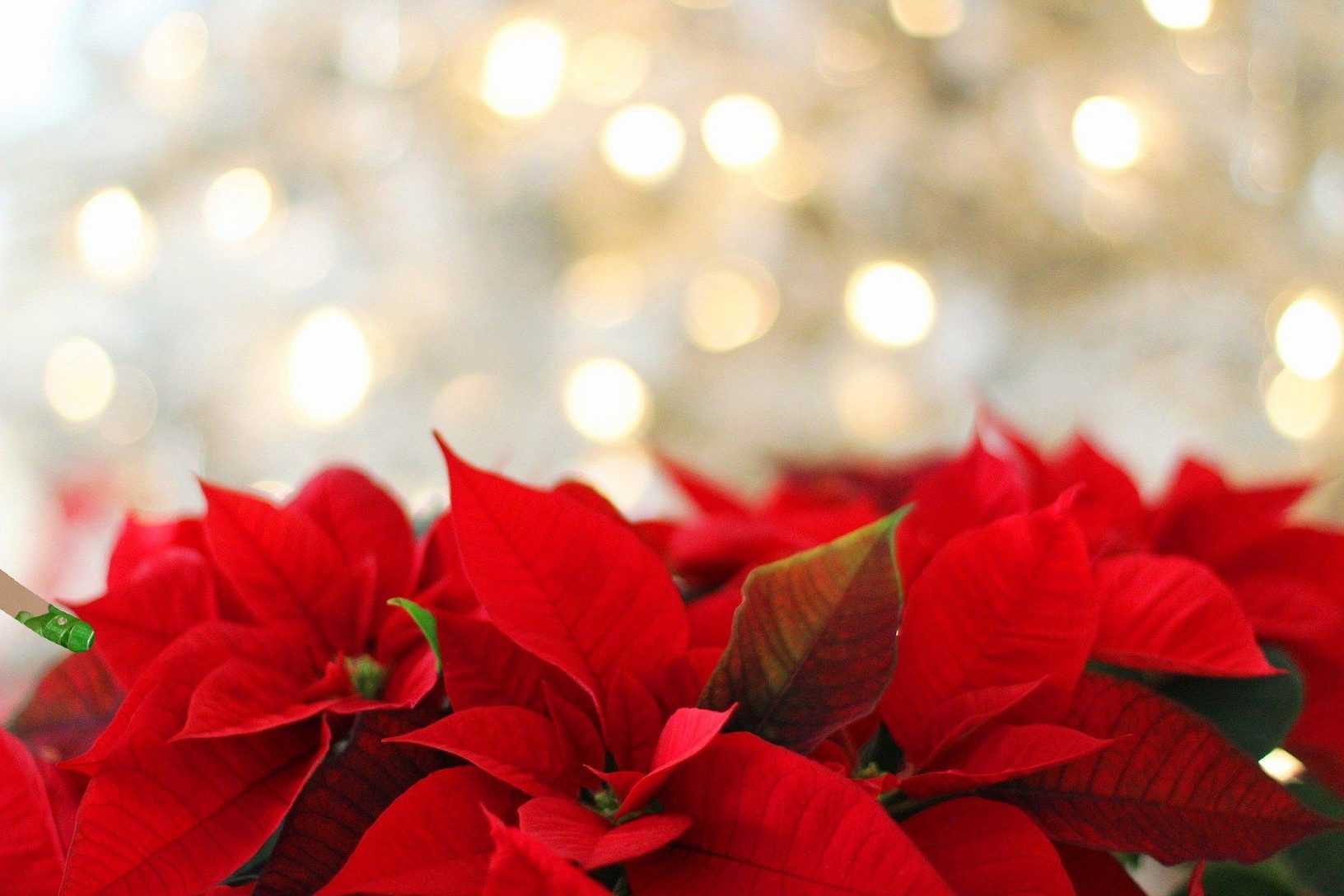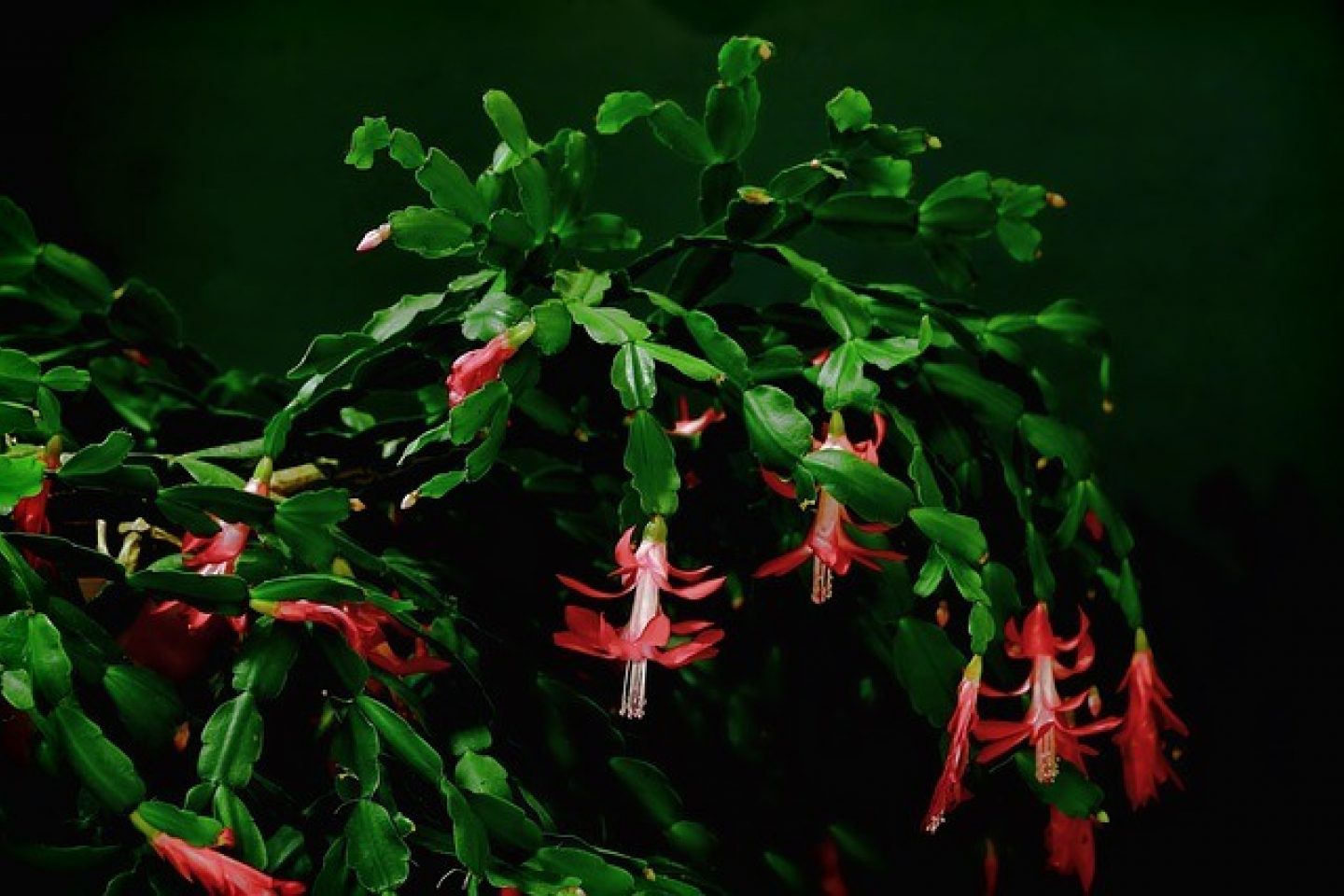

Holly has a long history of being used at Christmas time. It was a popular plant to decorate the home in Pagan times, providing shelter for friendly spirits, and symbolising eternal life and fertility.
In Roman times, boughs of holly were used or given to celebrate Saturnalia (17-23 December).
The Christian church has at times forbidden its use. It has also been given its own symbolism, with the red berries representing Christ's blood and the pointy leaves his crown of thorns.
What to do with holly at Christmas

Holly's friend - Ivy - is often partnered with it in song!
Ivy has a long tradition of symbolising protection and fertility. Perhaps because of its ability to cling to trees and walls to gain height, it is also used as a symbol of fidelity.
Ivy is also symbolic of healing with medicine made from its leaves and used to treat some respiratory conditions. The berries of ivy are not edible and the leaves can cause irritation to skin. Any medicinal properties are extracted through other means.
Ivy leaves change shape as they mature. In the Christian tradition, the mature leaf is said to resemble the shape of Christ's crown.
What to do with ivy at Christmas

A comparatively more exotic and recent addition to the Christmas party is the poinsettia. The botanical name is Euphorbia pulcherrima.
This plant originates from Mexico and Central America. The green and vibrant red aligns with the festive colour palette and it has become popular as a Christmas decoration.
Be mindful of this cheery-looking plant because cold blasts of air can harm them. For this reason, when taking them home or transporting them, lightly cover them so they don’t catch a chill.
Keep them positioned in a spot with bright but unfiltered light. Water them when the soil dries out. Once they have finished flowering, you can keep the compost dry.
What to do with poinsettia at Christmas

Mistletoe is an evergreen plant. It is parasitic, as it lives on and feeds off trees.
The name comes from Anglo-Saxon ‘mistle’ meaning dung and ‘toe’ meaning twig. This is because the seeds often germinate and grow in bird droppings on tree branches.
The tradition of kissing under the mistletoe originated in ancient Greece, as part of Saturnalia celebrations. The plant was associated with fertility.
What to do with mistletoe at Christmas

Christmas cactus (Schlumbergera) gets its common name as it is in flower from late November to late January.
This plant is easy to care for, making it a great gift for a houseplant beginner. It's also easy to propagate. Cuttings of your own plant could be potted up individually to gift to your loved ones, which makes the gift that little bit more sentimental too.
Place it in a spot with bright but indirect sunlight for the best blooms. Water when the top of the compost dries out.
What to do with Christmas cactus at Christmas